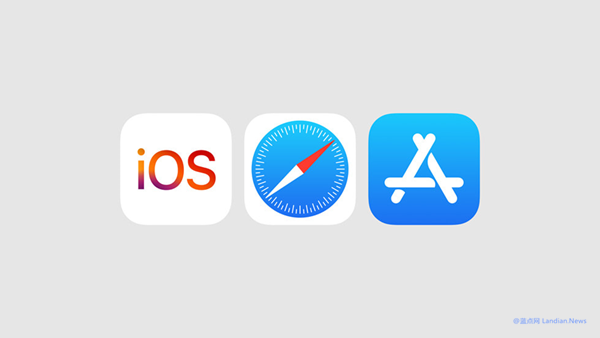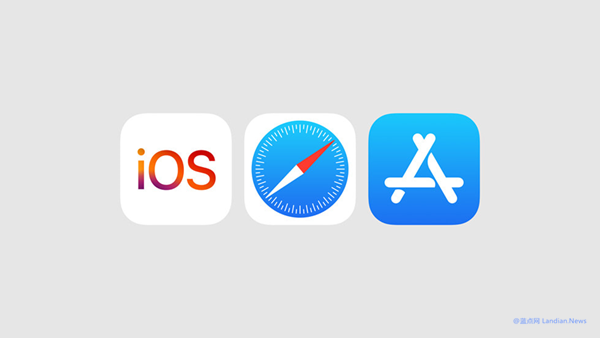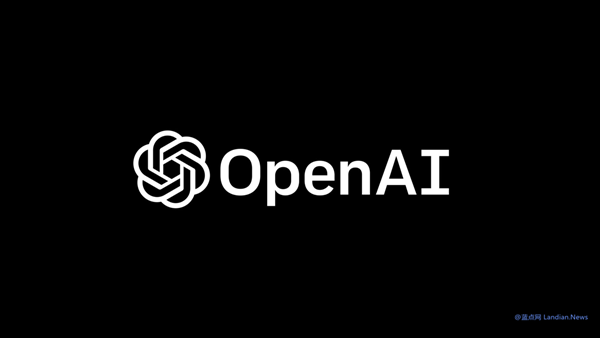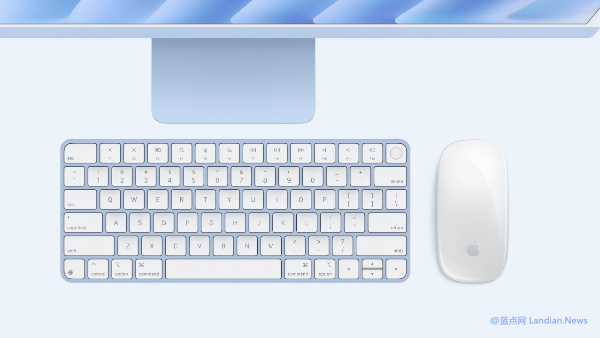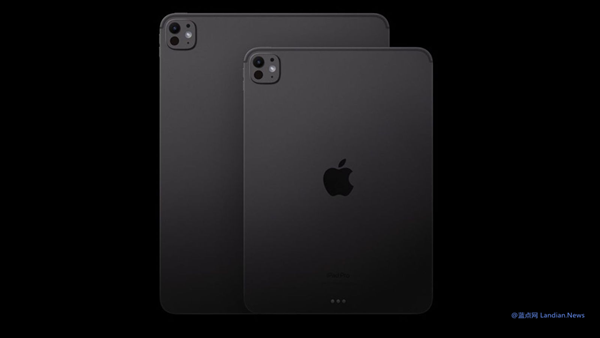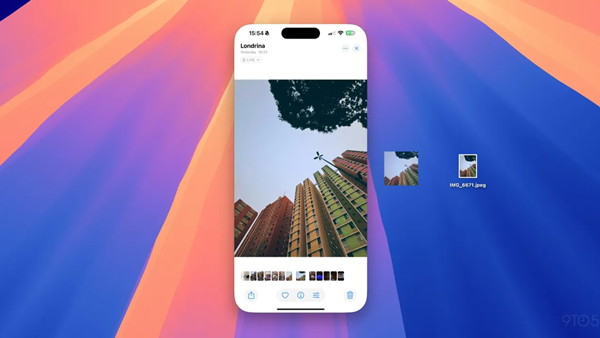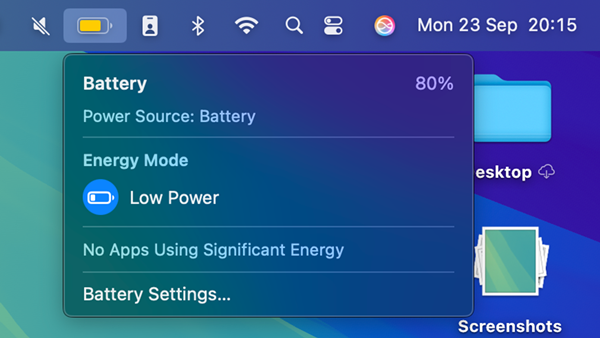Apple Shifts Gears: Vision Pro's Affordable Successor in the Works
Apple's foray into spatial computing devices with the launch of Vision Pro in February was initially met with enthusiasm. The device dazzled at its debut, attracting many to experience and purchase it. However, reports of high idle and return rates soon emerged, indicating that sales did not meet Apple's expectations.
The challenges with Vision Pro extend beyond its high price tag. Users have reported several issues, including poor battery life, the device's weight, and discomfort during prolonged use. Apple, traditionally reticent about acknowledging potential health impacts of its devices, has remained focused on promoting their capabilities, despite feedback on products like the AirPods Pro series causing ear canal inflammation for some users.
As the buzz around Vision Pro wanes, supply chain sources reveal that Apple has paused the development of the second-generation Vision Pro. Instead, the company is reportedly pivoting towards creating a more affordable version to entice a broader audience. This new version is expected to retain the high-resolution display of the original Vision Pro while sacrificing some features to reduce costs. Additionally, Apple aims to make the device lighter, targeting a weight reduction to about two-thirds of the original.
The original Vision Pro retails at 3,499, but the new, more affordable version is projected to be priced around1,600, comparable to the high-end models of the iPhone 15 Pro series. This strategic pricing is anticipated to make spatial computing devices more accessible to a wider audience.
Entering the spatial computing device market represents a new venture for Apple, one that necessitates the cultivation and expansion of a robust ecosystem. The success of this ecosystem hinges on attracting a substantial user base to entice developers, a critical factor since a lack of developer engagement can lead to a vicious cycle of low user adoption. By offering a more affordable version, Apple hopes to break this cycle, drawing in more users and, consequently, more developers, enriching the app and software offerings available to both Vision Pro and its more economical counterpart.

